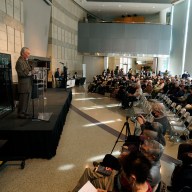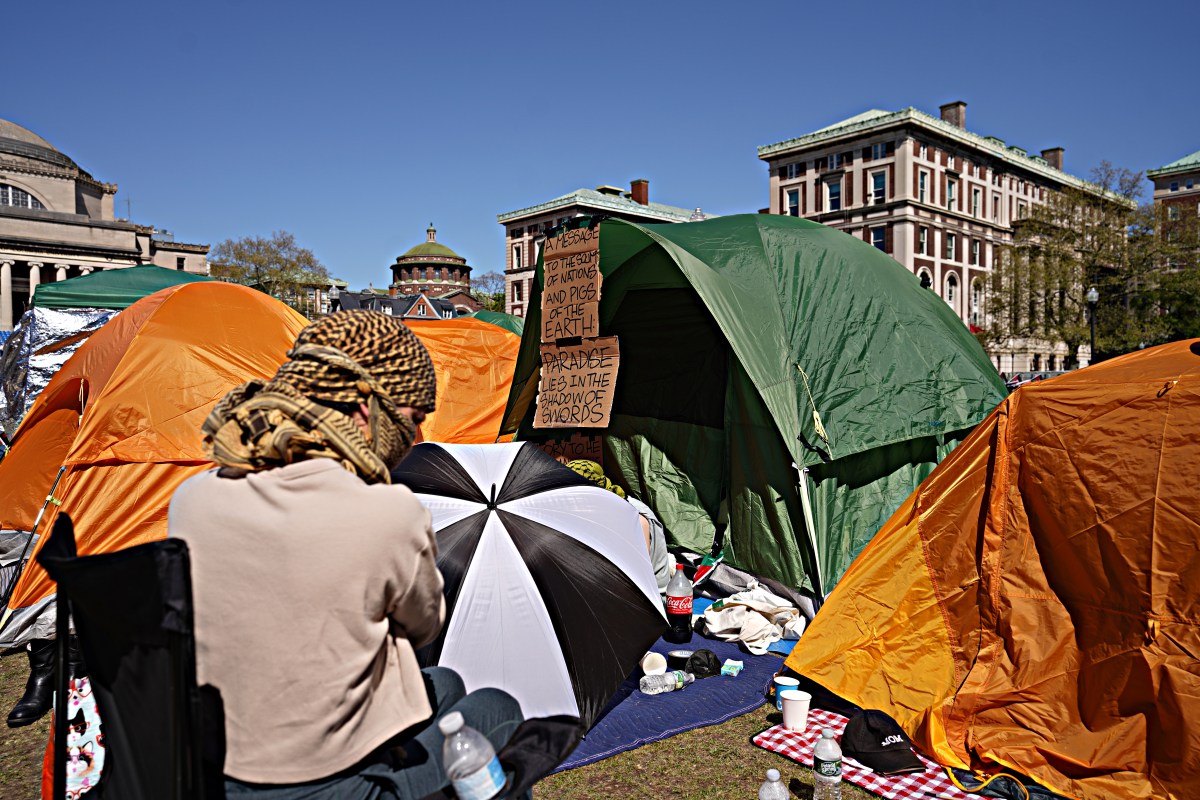Public angst might be needed to get our leaders going
Opposition parties like to tap voters’ emotions and as we near October’s provincial election, the Conservatives and NDP are likely plotting attacks on the ruling Liberal government’s transportation policies.
Smog alerts and rising gas prices may get our attention, but do they really affect our habits?
Are auto drivers taking transit more, or reducing solo car trips?
Will anything change the trend of fast-rising auto use in Ontario and across the world?
One thing that does seem to influence our individual choices and collective will is traffic congestion.
For example, when Highway 401 — already one of the widest and busiest on the planet — is clogged, it’s natural for motorists to alter their behaviour either by postponing trips or paying to use the 407 toll route.
And traffic jams are now common enough in the GTA to push fed-up motorists voluntarily onto transit, even though conditions on trains and buses can be far less than ideal.
It’s traffic congestion and commuter frustration that urge us to spend money on enlarging the GTA’s road and transit capacity.
However, government hasn’t kept pace with widening gridlock conditions, so it may take a lot more angst to direct our full attention to the problem.
Opposition parties like to tap voters’ emotions and as we near October’s provincial election, the Progressive Conservatives and New Democrats are likely plotting attacks on the ruling Liberal government’s transportation policies. Are the Grits vulnerable?
Simply put, are GTA roads and transit working better now than four years ago?
Do statistics show the Liberals have made a difference — or, more importantly, that current projects can sufficiently address expected traffic growth?
Will their anti-sprawl measures help at all?
No less deserving of scrutiny will be the congestion-fighting proposals being crafted by the NDP and Tories.
Will they choose the kind of plans and projects that attract voters but do little for transit riders?
Two big Liberal promises last time around were the GTA “smart” card and the Spadina subway extension.
Both might appear superficially to aid riders, but, when looked at closely, they, in fact, eat up money that could be spent on much, much more effective plans.
Are our political parties capable of smarter, better-researched transport promises this election? (Don’t groan.)
How do we allow GO Transit, the TTC and 905 agencies to expand at a pace that will truly make a dent in gridlock?
If our presumed leaders can ask this question — even as they try to maximize votes — GTA congestion just might be contained.
On Clean Air Day tomorrow, decide for yourself what can help during “Getting Vaughan Moving” at 120 Interchange Way in Vaughan near Highways 400 and 7, starting 11 a.m. Details atsmartcommutentv.ca.















